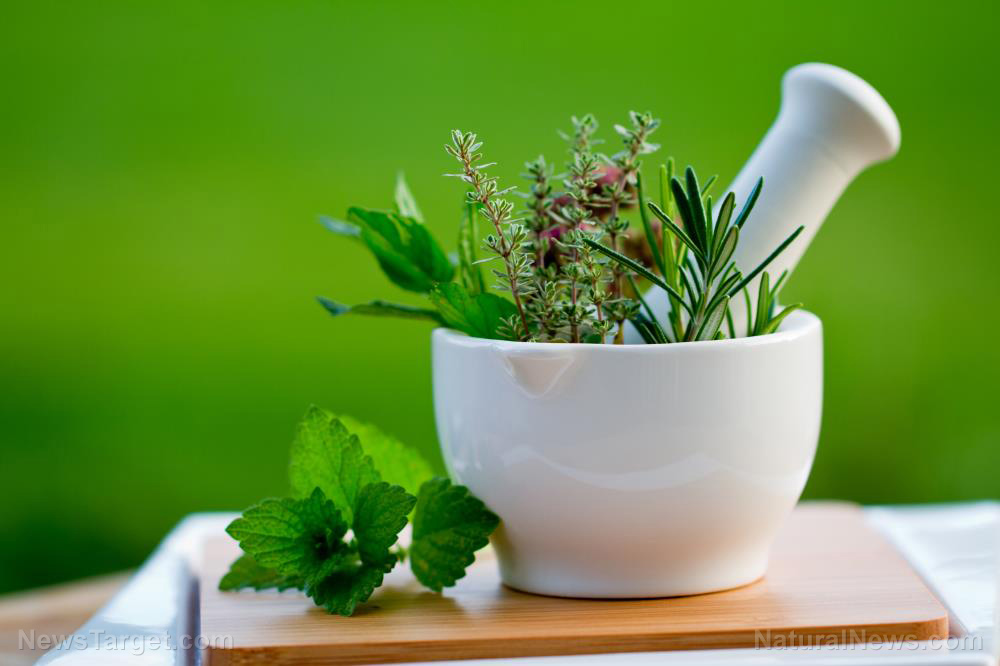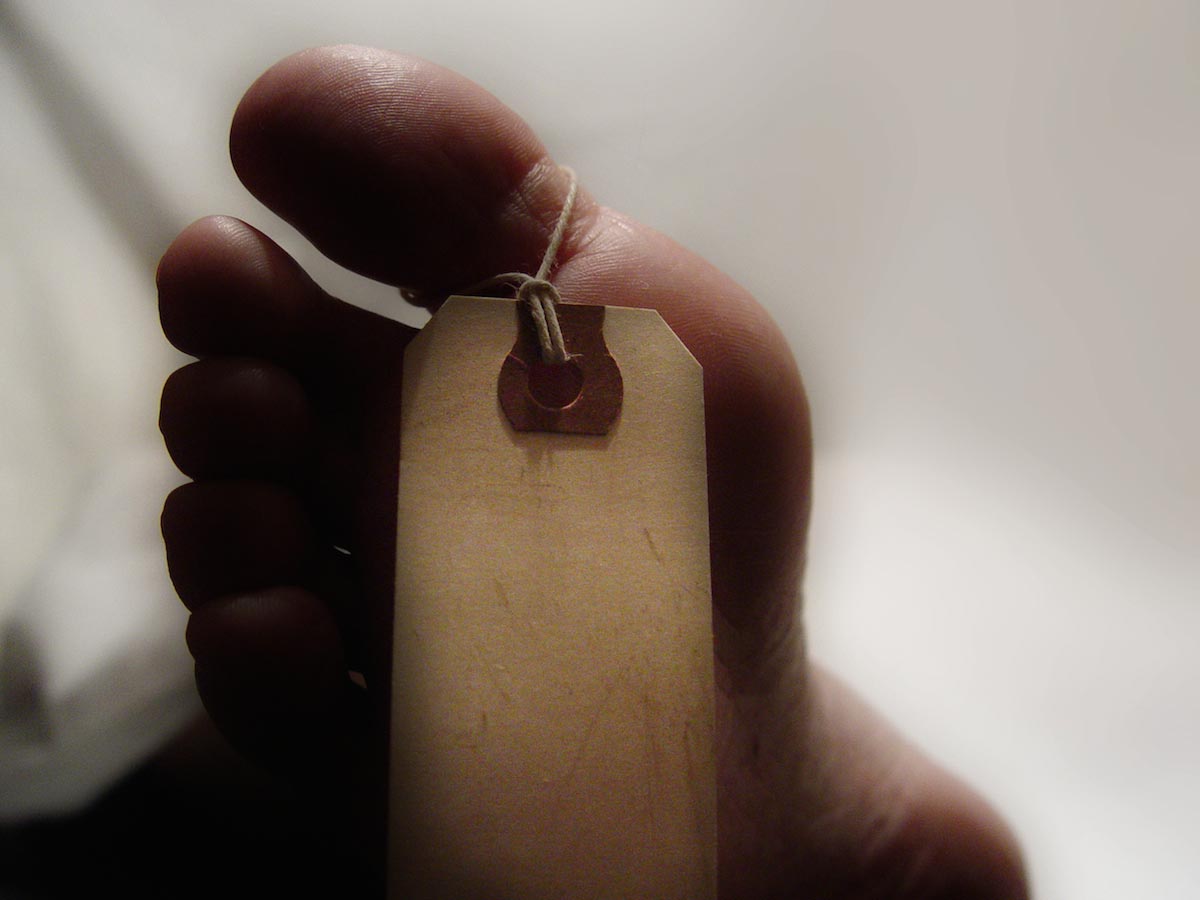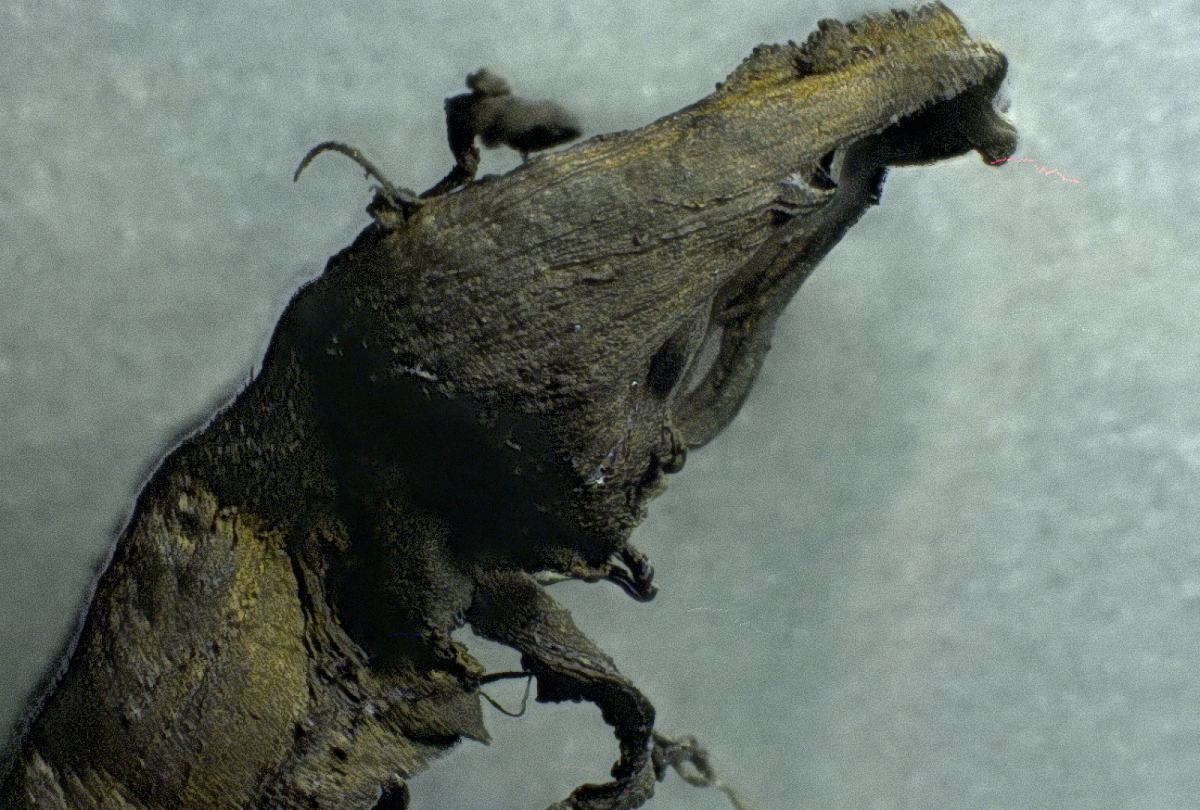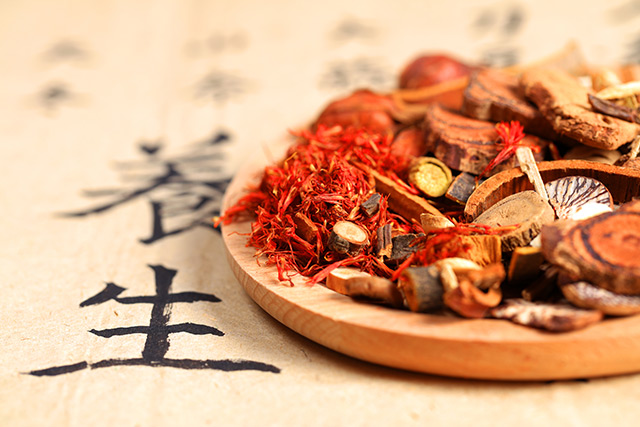Ethnobotanical uses of plants in Pakistan’s Chenab wetlands
11/04/2020 / By Evangelyn Rodriguez

Researchers from China, Pakistan and the U.S. conducted a quantitative assessment of the ethnobotanical use of plants by the local peoples residing in the Chenab River area. They reported their findings in an article published in the Journal of Ethnobiology and Ethnomedicine.
- From 2014 to 2015, the researchers collected ethnobotanical data from different parts of the Chenab River wetlands, namely, Mandi Bahauddin, Gujranwala, Gujrat, Sargodha and Sialkot, using semi-structured interviews.
- They used quantitative indices like informant consensus factor (ICF), relative frequency of citation (RFC), relative importance level (RIL), use value (UV), fidelity level (FL) and corrected fidelity level (CFL) to analyze the data.
- The researchers reported 129 medicinal plant species belonging to 112 genera and 59 families, with herbs making up 51 percent of the total.
- Poaceae was the leading family with 13 species, and their leaves were their most frequently used parts (28 percent).
- Herbal medicines were mostly used in the form of powder or decoction, and they were mainly taken orally.
- The most utilized plants were Withania somnifera, Solanum surattense, S. nigrum, Azadirachta indica, Ficus benghalensis, Morus nigra, M. alba, Polygonum plebeium and Tribulus terrestris. They had the highest UV, RFC, RIL, FL and CFL values.
- The researchers grouped the reported ailments based on ICF values, with gastrointestinal diseases and glandular diseases having the highest ICF.
- The use report (UR) and frequency of citation (FC) depicted strong positive correlation, and the value of determination indicating 95 percent variation in UR can be explained in terms of FC.
Based on these findings, the researchers concluded that the significant traditional knowledge possessed by local communities in the Chenab wetland depicts a strong relation with phytodiversity. They believe that screening plant-borne active ingredients for their in vivo and in vitro pharmacological activities could be of interest for novel drug synthesis.
Read the full study at this link.
Journal Reference:
Umair M, Altaf M, Bussmann RW, Abbasi AM. ETHNOMEDICINAL USES OF THE LOCAL FLORA IN CHENAB RIVERINE AREA, PUNJAB PROVINCE PAKISTAN. Journal of Ethnobiology and Ethnomedicine. 01 February 2019;15(1). DOI: 10.1186/s13002-019-0285-4
Submit a correction >>
Tagged Under:
alternative medicine, Chenab wetlands, disease treatments, herbal medicine, Herbs, natural cures, natural medicine, plant medicine, remedies, research
This article may contain statements that reflect the opinion of the author




















